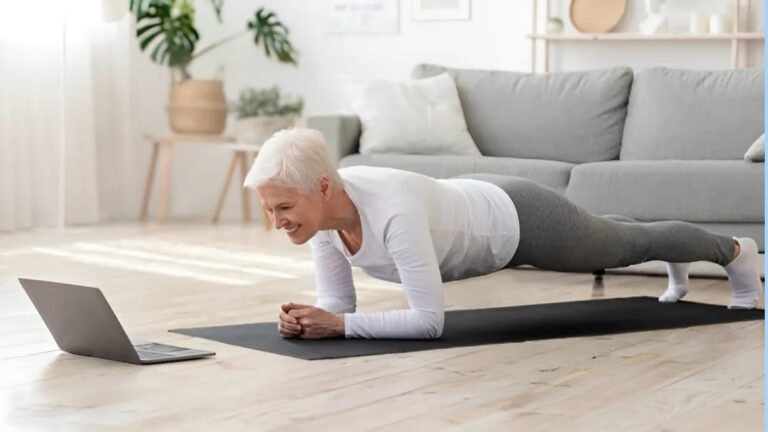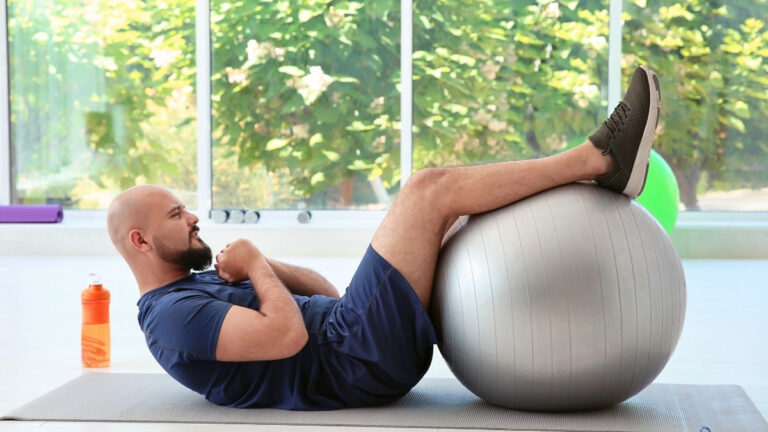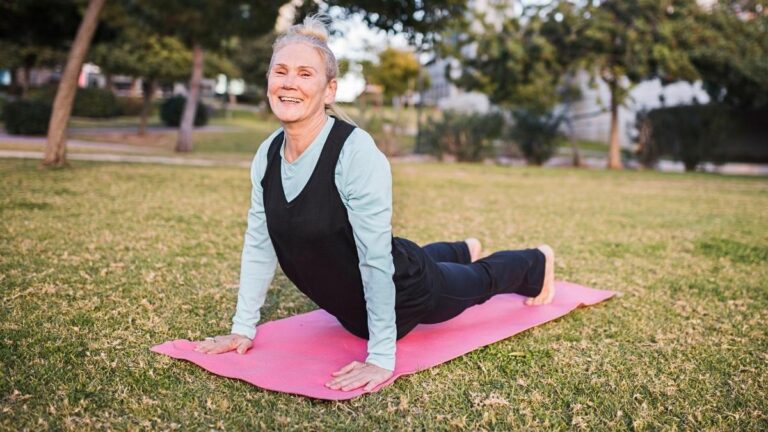The Gym Machine That’s Slowly Crippling You (90% Use It Wrong)
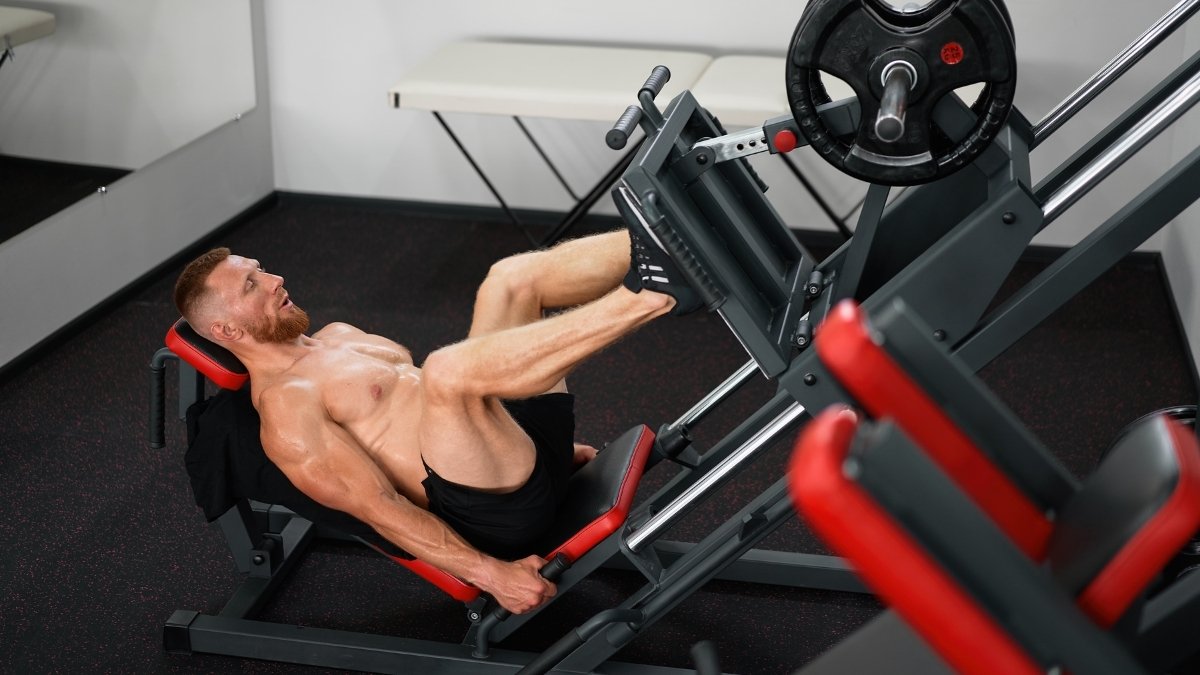
You might be doing more harm than good on your favorite gym machine. Shocking as it may sound, 90% of gym-goers use machines incorrectly, leading to injuries and long-term damage. Whether it’s poor posture, overloading weights, or skipping adjustments, these mistakes are silently crippling your body and hindering your fitness goals.
The truth is, your gym routine could be the very thing holding you back from achieving your best results. In this article, we’ll uncover the most common machine mistakes and show you how to fix them. Stop sabotaging your progress and start using gym machines the right way—your body will thank you!
The Gym Machine That’s Slowly Crippling You: A Hidden Danger
While gym machines are often seen as the go-to solution for a controlled and efficient workout, certain pieces of equipment could be doing more harm than good. One such machine is the Leg Press. Though it may feel safe, improper use of the leg press can cause significant strain on your joints and muscles over time.
Common Pitfalls with the Leg Press Machine:
- Incorrect Foot Placement: Positioning your feet too high or too low on the platform can result in undue pressure on the knees, lower back, and hips. This improper form can lead to discomfort or even long-term damage.
- Heavy Weights and Poor Form: While it’s tempting to stack on the weights for a more intense workout, doing so with poor form can be damaging. Instead of focusing on the range of motion and muscle engagement, you may shift the strain to your knees, which can cause joint issues over time.
- Overloading the Machine: Using more weight than you can handle can cause injuries not only to your knees but also to your lower back. It’s important to progressively load weights and keep your muscles engaged.
How to Use the Leg Press Safely:
- Correct Foot Placement: Place your feet at shoulder-width apart and avoid putting them too high or too low on the platform. This helps ensure proper alignment and minimizes stress on your knees.
- Engage Core Muscles: Always keep your core tight to avoid lower back strain. Keep your hips pressed firmly into the seat and avoid arching your back during the exercise.
- Gradual Progression: Avoid jumping to heavy weights right away. Start with lighter loads to perfect your form before adding more resistance.
- Proper Range of Motion: Lower the weight in a controlled manner, ensuring your knees don’t extend past your toes to avoid unnecessary strain on the knee joint. Aim to go as low as your mobility allows without compromising form.
Alternatives to the Leg Press:
- Squats: Free-weight squats are a great alternative to the leg press. They engage multiple muscle groups, including your core, glutes, quads, and hamstrings, while promoting better functional movement.
- Lunges: Lunges work your legs and glutes in a way that can improve balance and overall lower body strength while avoiding the restrictions of a machine.
Notice:
If you’re noticing any pain or discomfort during leg press exercises, it’s time to reconsider your approach. Although machines are helpful in many cases, they should be used with caution and proper form. Always listen to your body and consult a professional trainer if you’re unsure about your technique.
#1. Wrong Posture Risk
Improper posture while using gym machines can lead to serious, long-term damage. Whether it’s rounding your back or slouching during a lift, these bad habits strain muscles and put unnecessary pressure on joints.
Over time, this misalignment can cause chronic pain and even lead to herniated discs or tendon issues. Paying attention to posture is critical, as it determines how effectively and safely your body responds to exercise.
Tips for Better Posture:
- Always align your back with the machine’s seat and ensure your feet are positioned correctly.
- Keep your shoulders pulled back and avoid slouching during movements.
- Use a mirror to monitor your form during exercises.
#2. Overloading Weight Damage
Using too much weight on gym machines can be tempting, but it can cause significant harm. Overloading stresses your joints, which aren’t designed to handle the added pressure. Instead of building muscle, you’re risking strains, tears, or joint damage.
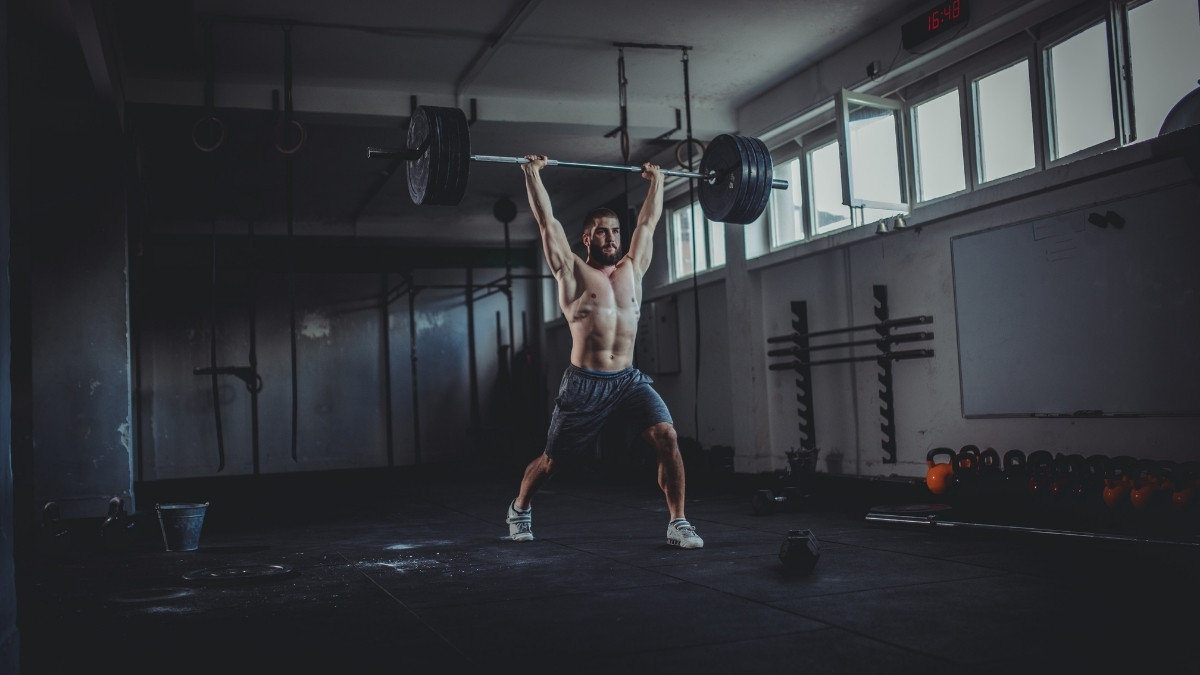
Start with a weight you can control comfortably and gradually increase as your strength improves. Excessive weight may compromise your form, making you prone to more injuries.
Tips for Safe Weight Use:
- Choose a weight that allows you to perform exercises with full control.
- Gradually increase weight by small increments instead of jumping to heavy loads.
- Focus on form rather than lifting the heaviest weight.
#3. Neglecting Warm-Up Effects
Skipping your warm-up routine is one of the quickest ways to increase your risk of injury. Cold muscles are less flexible, which makes them more prone to strains and tears.
Warming up prepares your muscles and joints, improving blood flow and range of motion. Neglecting this step can also cause long-term muscle imbalances, as certain muscles become overworked while others remain underprepared.
Tips for Effective Warm-Ups:
- Start with dynamic stretches to increase blood flow to your muscles.
- Focus on warming up the specific muscles you plan to target during your workout.
- Perform light cardio for 5–10 minutes before lifting any heavy weights.
#4. Ignoring Machine Setup
Machines are designed to be adjusted, but many skip this step. Failing to set the correct settings on machines for your body type can lead to improper alignment and strained muscles.
Whether it’s adjusting the seat height or foot placement, small changes can make a significant difference in performance and comfort. Not taking the time to adjust could make your workout ineffective and risky.
Tips for Proper Setup:
- Always adjust the seat height so your body aligns with the machine’s range of motion.
- Position the footrests or handles so your joints are in a neutral position.
- Test the machine settings before using them to ensure the adjustments feel comfortable.
#5. Lack of Control
Moving too quickly or haphazardly on gym machines can be just as harmful as lifting too much weight. Speeding through exercises with little control puts unnecessary stress on your body and reduces the effectiveness of your workout.
Slower, more controlled movements allow for better muscle engagement and reduce the risk of injury. Rushing through exercises doesn’t just cheat your muscles out of the workout—it can damage your joints and ligaments.
Tips for Controlling Your Movements:
- Focus on slow, deliberate movements during each rep.
- Breathe rhythmically and never hold your breath while exercising.
- Use a lighter weight if needed to ensure you’re performing movements with full control.
6. Repetitive Motion Injuries
Constantly using the same movements on gym machines can create stress on specific muscles and joints. Repeating the same action day after day without variation can lead to overuse injuries like tendonitis, bursitis, or stress fractures.

These injuries accumulate gradually, weakening the body’s ability to recover and function. Incorporating variety into your routine helps prevent the repetitive strain that builds up over time.
Tips to Avoid Repetitive Motion Injuries:
- Rotate exercises regularly to target different muscle groups.
- Stretch and foam roll to release tension and improve flexibility.
- Take rest days to allow muscles and joints to recover from repetitive movements.
7. Muscle Imbalance Worsening
Improper machine use often leads to one side of your body being worked more than the other. Over time, this creates muscle imbalances that cause discomfort and lead to uneven strength development
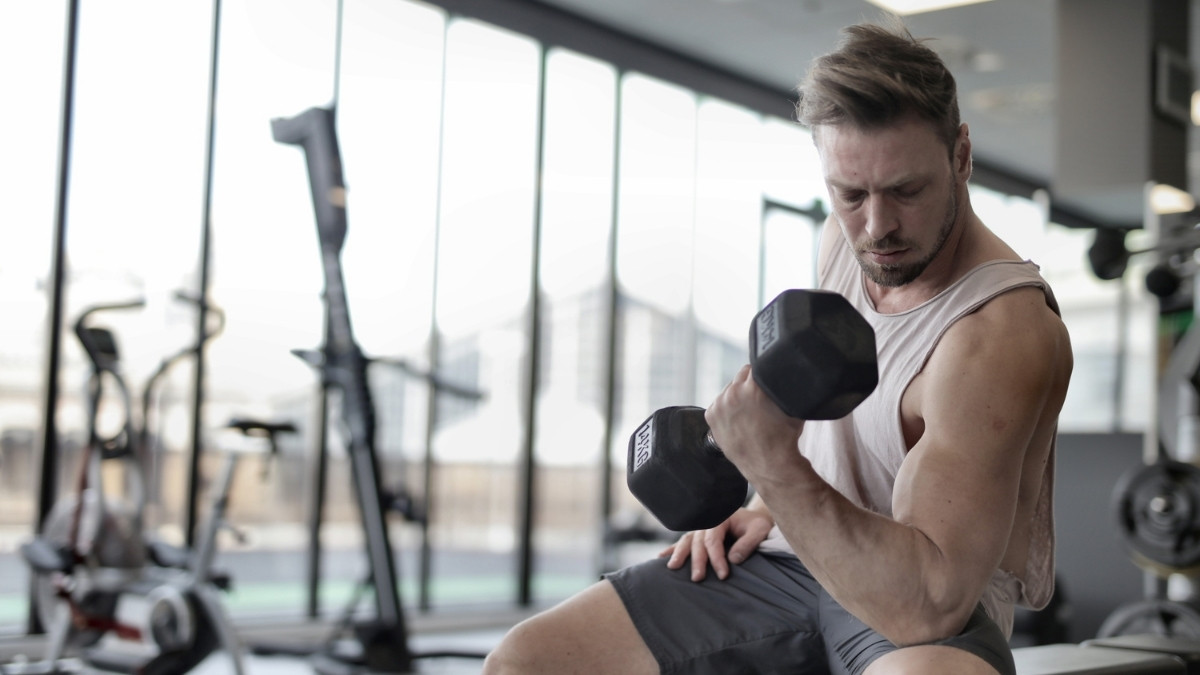
. A weak muscle compensates for a stronger one, leading to poor posture and possible injury. Correcting form and incorporating balanced exercises is key to addressing and preventing these imbalances.
Tips for Fixing Muscle Imbalances:
- Focus on exercises that target both sides of the body evenly.
- Include unilateral exercises, like lunges or single-arm presses, to promote balance.
- Regularly assess your form to ensure you’re not overcompensating with one side.
General Tips:
Always maintain proper posture to prevent long-term muscle strain.
Use an appropriate weight to avoid stressing your joints and muscles.
Never skip warm-ups—prepare your body for exercise to avoid injury.
Adjust gym machines to fit your body for safer, more effective workouts.
Control your movements to maximize muscle engagement and reduce injury risk.
Mix up your routine to prevent overuse injuries from repetitive motion.
Address muscle imbalances by incorporating balanced exercises into your routine.
Final Thought:
Are you unknowingly sabotaging your fitness goals? The gym machine that promises to help you might actually be causing more harm than good. 90% of users make simple mistakes that lead to long-term damage and injury. It’s time to stop the cycle. By adjusting your form, using proper weight, and prioritizing your body’s needs, you can avoid crippling yourself in the gym. Don’t let poor machine use steal your progress—take control now!


